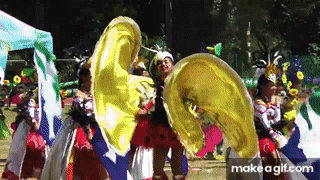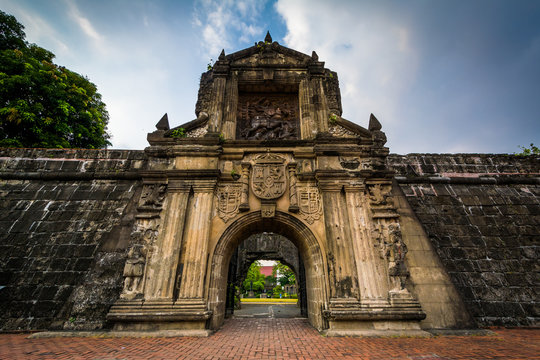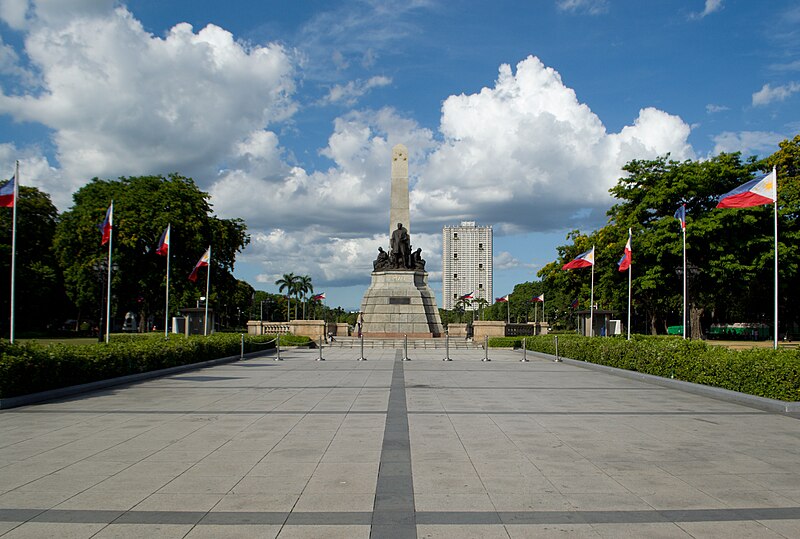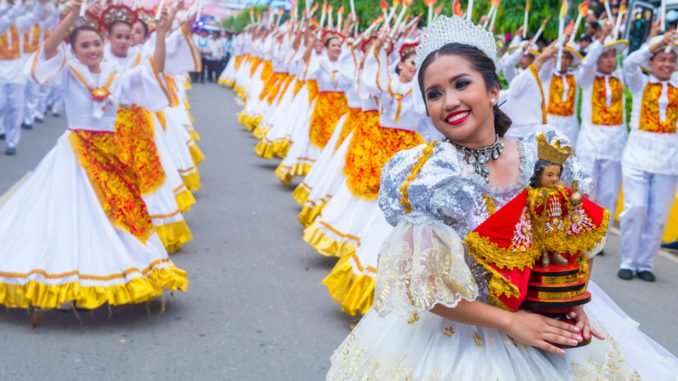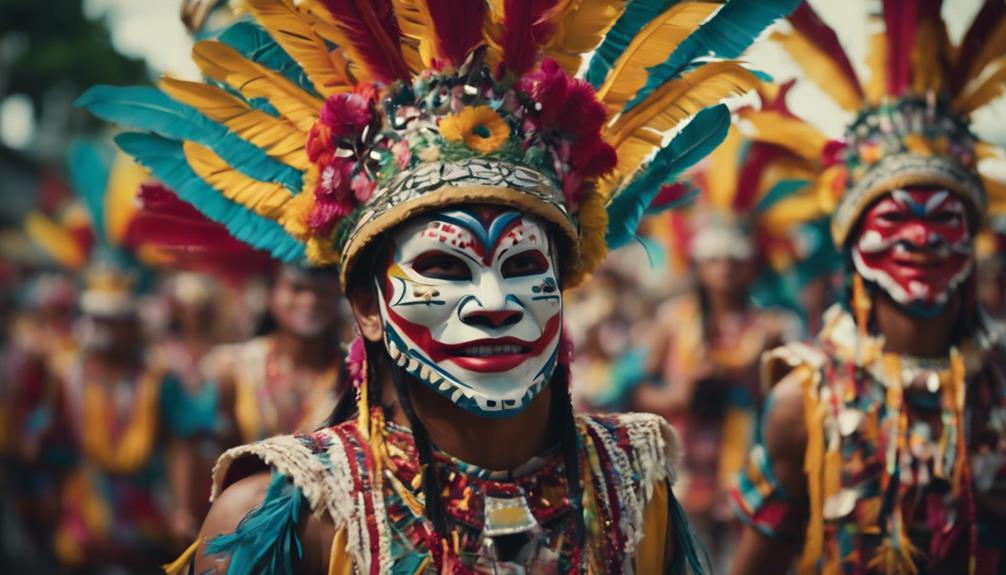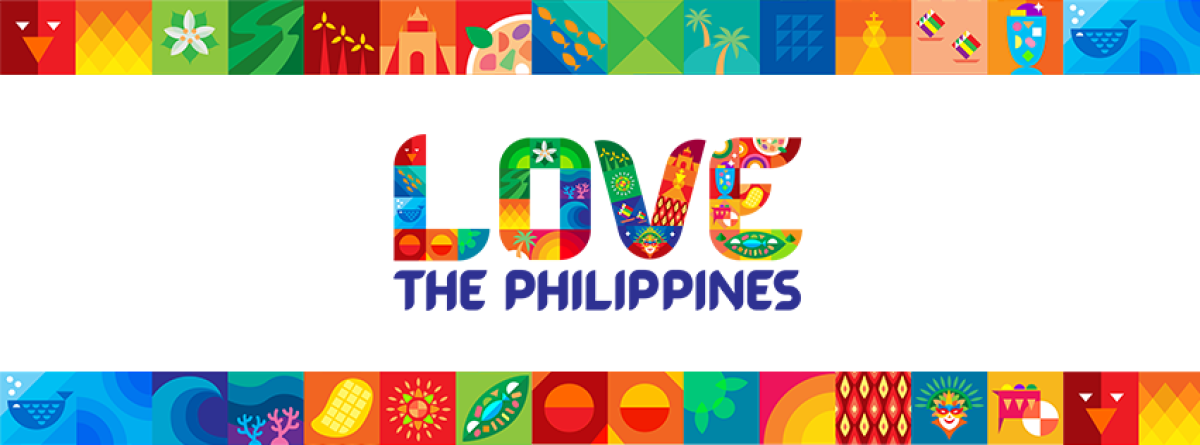Explore the famous white sand beaches of the Philippines, including Boracay, Palawan, and many others. These pristine beaches offer clear waters and a tropical paradise experience.
Boracay Beach

Boracay - Boracay is a stunning island in the Philippines, celebrated for its white sandy beaches, clear turquoise waters, and lively atmosphere. Located in the Western Visayas, this small island is a top destination for beach lovers and adventure seekers alike. Its famous White Beach stretches for 4 kilometers, offering a picturesque setting lined with resorts, bars, and restaurants, perfect for relaxation or a night out. Beyond its beaches, Boracay boasts thrilling water sports like windsurfing, kitesurfing, and scuba diving, along with serene spots like Puka Shell Beach and unforgettable sunset cruises. With its welcoming locals, vibrant nightlife, and breathtaking scenery, Boracay stands out as one of the Philippines' most beloved tropical paradises.
Palawan

Palawan - Often hailed as the "last ecological frontier" of the Philippines, is renowned for its breathtaking beaches, crystal-clear waters, and stunning limestone cliffs. Located in the southwestern part of the country, Palawan offers some of the most picturesque beaches in the world, including the famous El Nido and Coron areas. These beaches are known for their fine white sand, turquoise lagoons, and rich marine biodiversity, making them ideal for snorkeling, diving, and island-hopping adventures. Beyond its beaches, Palawan features hidden coves, underwater caves, and unique wildlife, providing an escape into pristine natural beauty. With its unspoiled landscapes and tranquil, laid-back atmosphere, Palawan is a paradise for those seeking both relaxation and adventure amid stunning scenery.
Cebu
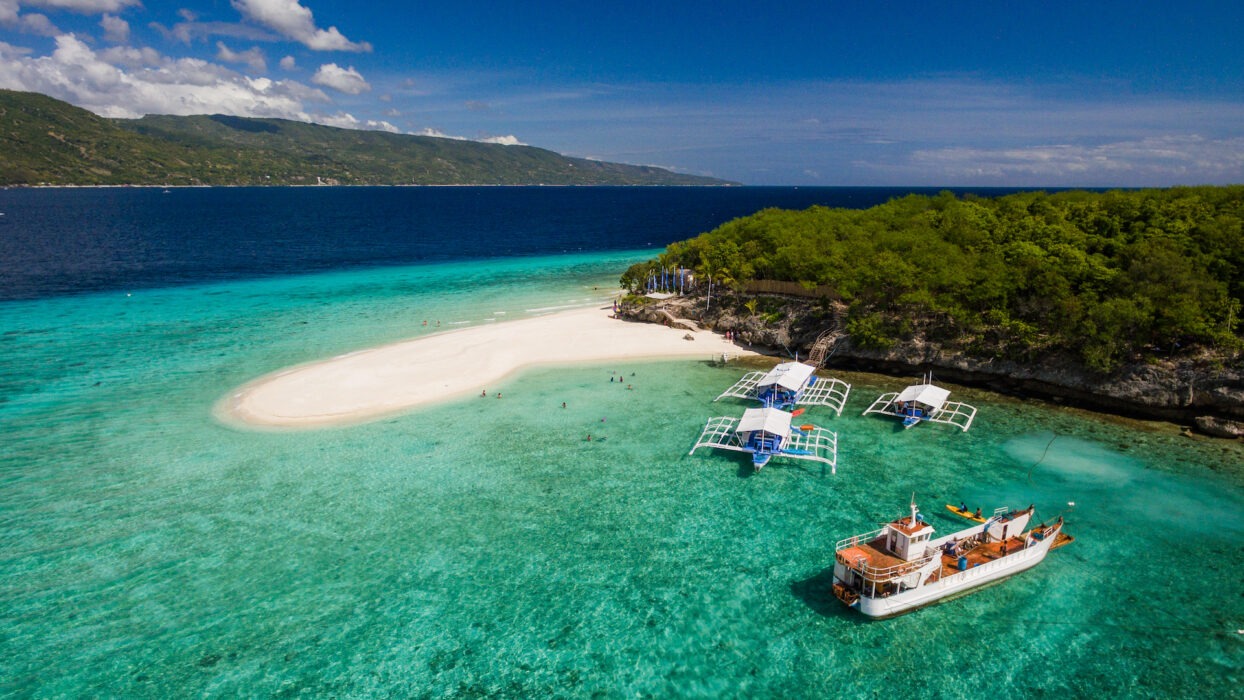
Cebu - Known as the "Queen City of the South" in the Philippines, boasts some of the country's most stunning beaches, combining vibrant city life with tropical paradise escapes. Located in the Central Visayas region, Cebu's beaches are famed for their white sands, clear blue waters, and rich marine life, ideal for snorkeling, diving, and island-hopping. Popular beach destinations like Mactan Island, Bantayan Island, and Malapascua Island each offer unique experiences, from lively resorts to quiet, secluded shores. Cebu is also a gateway to other adventures, such as the Kawasan Falls and whale shark encounters in Oslob, making it a favorite for those looking to explore both the sea and land. With a mix of relaxation, adventure, and culture, Cebu’s beaches are a perfect retreat for travelers seeking a balanced tropical experience.
Camiguin

Camiguin - A small yet enchanting island in the Philippines, known for its natural beauty and tranquil beaches. Located in the northern Mindanao region, Camiguin is famous for its untouched landscapes, including pristine white sand beaches, crystal-clear waters, and lush greenery. White Island, a popular spot near the capital, Mambajao, is a sandbar offering panoramic views of the island’s volcanoes and crystal-clear waters, making it perfect for swimming, sunbathing, and relaxing. Beyond its beaches, Camiguin is also known for its hot springs, waterfalls, and historical sites, including the sunken cemetery. With its peaceful ambiance, vibrant marine life, and scenic beauty, Camiguin is an ideal destination for those seeking a quiet getaway immersed in nature.


